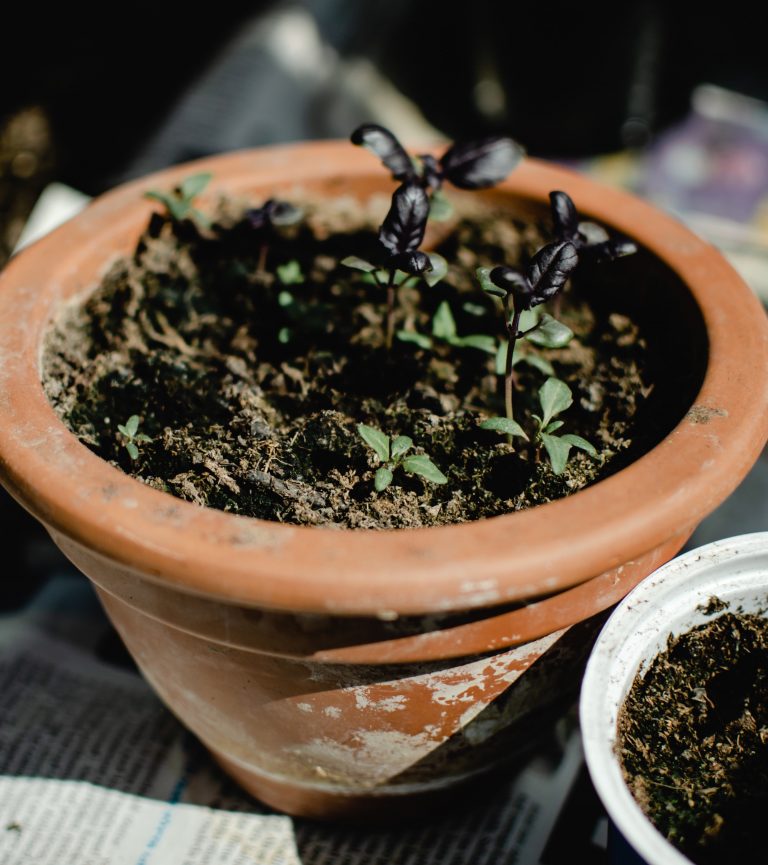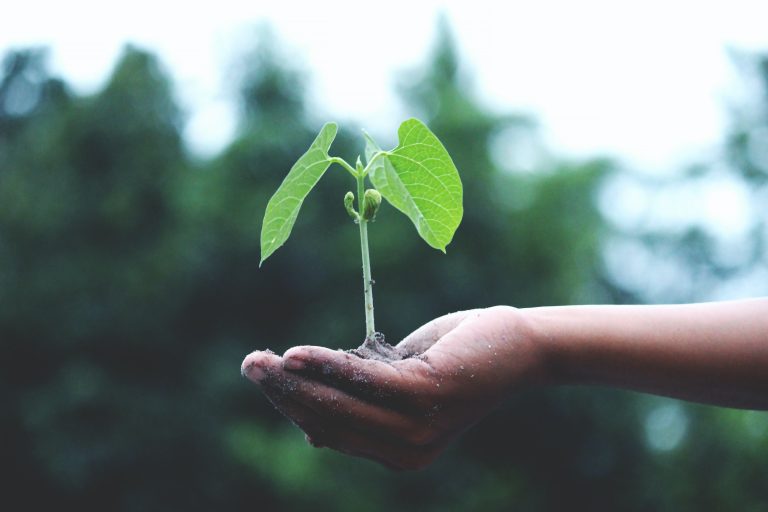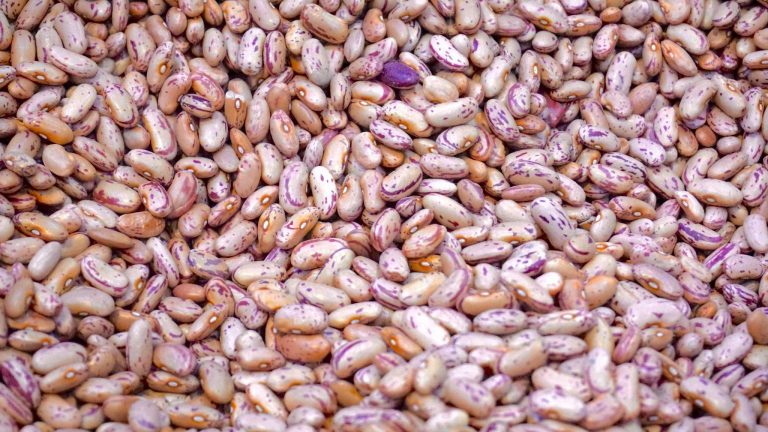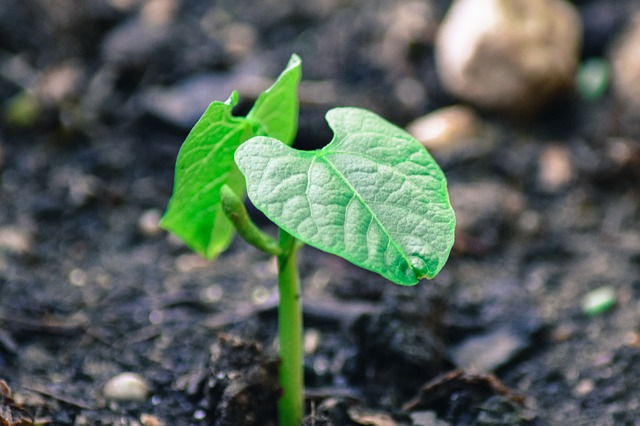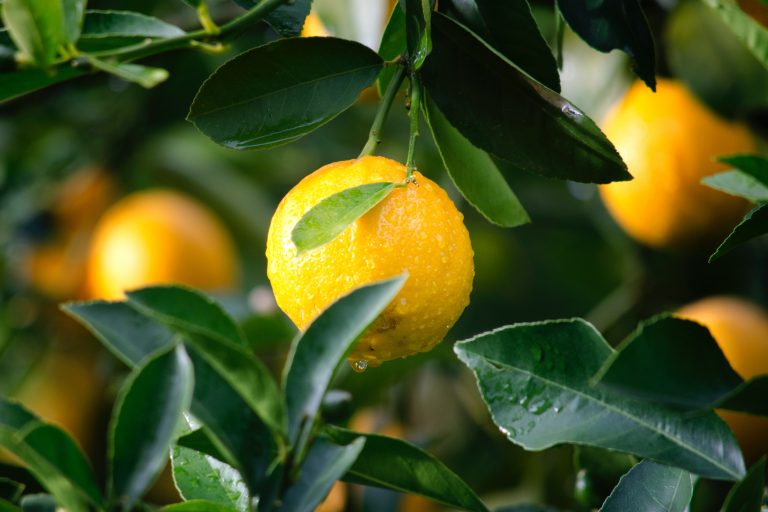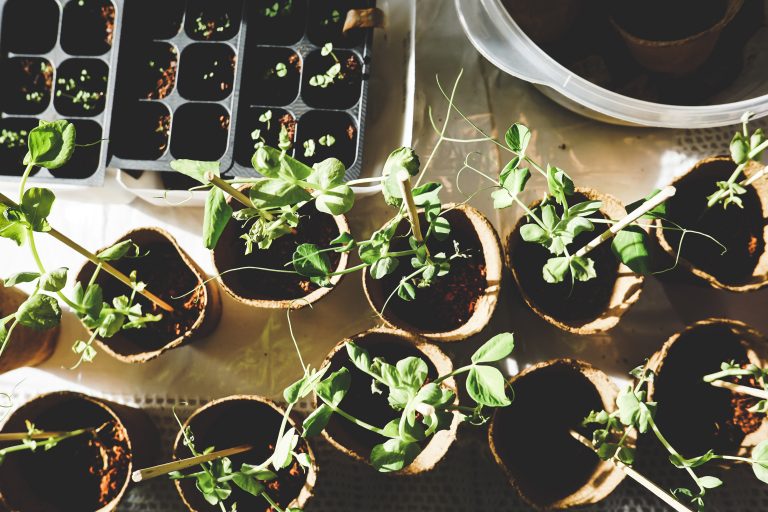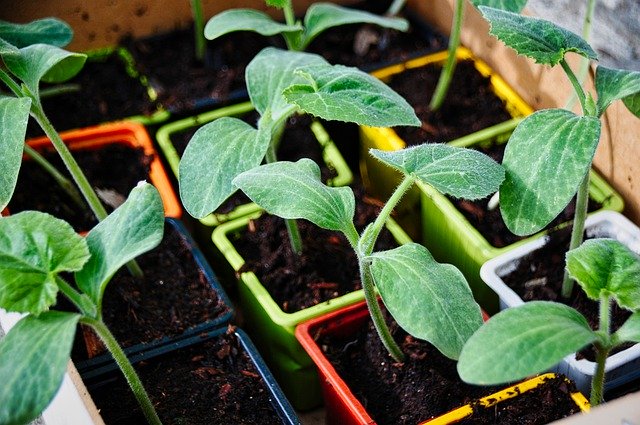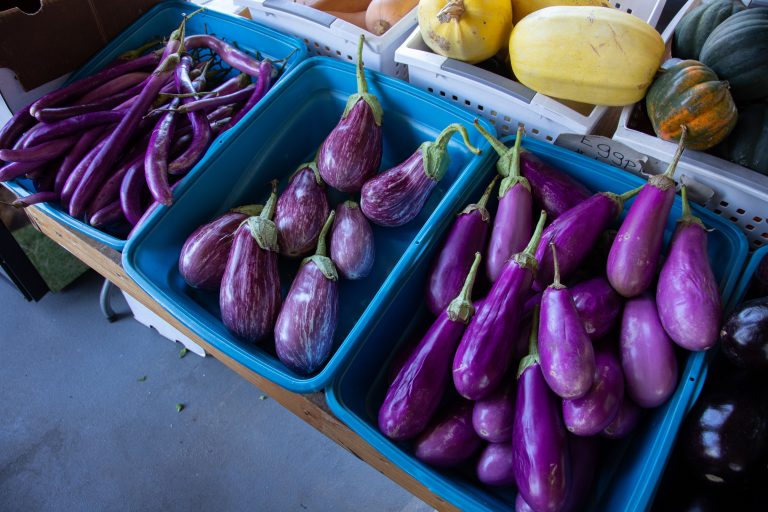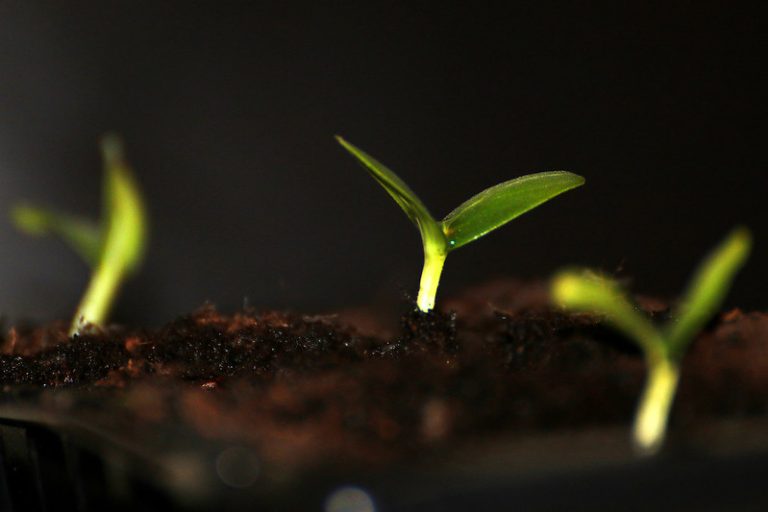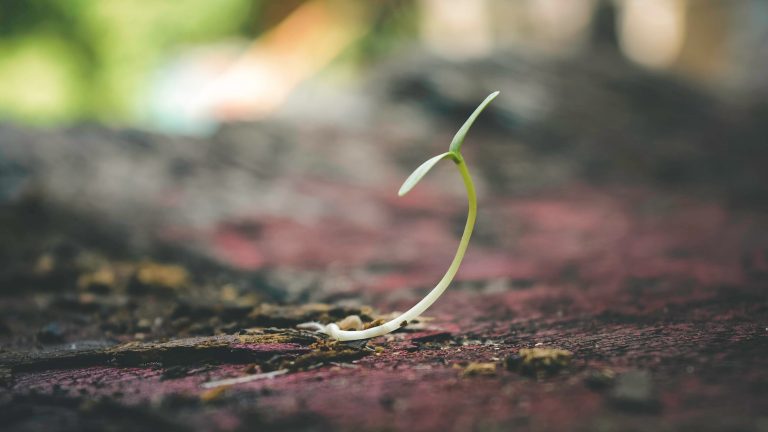Recently, I’ve mentioned that this year I just don’t have the bandwidth to garden like I usually do. But that doesn’t mean I’m completely abandoning my favorite hobby. Although I didn’t start seedlings indoors, I still have a vast collection of seeds at my disposal, and I’ve already started sketching a plan for what…
seed starting
10 Top Reasons Why Seeds Don’t Germinate
There are a lot of reasons why seeds don’t germinate. Knowing what can go wrong is the first step in solving the problem. If you’re struggling to start seeds this spring, here are a few things to look out for. Why Aren’t Seeds Germinating? Here are a few common reasons why seeds don’t germinate….
Do Pre-Packaged Seeds Grow Faster Than Fresh Seeds?
It’s that time of year when the seed catalogs start arriving in the mailbox. Getting new packets of seeds from a seed supplier is a real treat. Knowing that those carefully harvested seeds will eventually grow into food or flowers is so exciting. It’s just as satisfying to sort through personally harvested seeds from…
Troubleshoot the Seed Starting Process
While every other region seems to be experiencing a thaw, it’s still mostly frozen here. My starts are happily enjoying their spots under the indoor lights and this weekend I’ll be starting another batch of plants like kale and Chinese broccoli. I happened upon a sale and purchased two additional plastic shelving units to hang…
What Are the Different Ways to Germinate Citrus Seeds?
I always have lemons in my fridge. The bright acidic quality of lemon juice adds a fantastic oomph to food that you just can’t get with other kinds of acids. Lemon also pairs well with pasta, chicken, and roasted veggies. I also often have limes on hand because they’re perfect for brightening up Mexican and Thai…
Seed Starting with Recycled Materials
There’s no need to use fancy equipment to start seeds. You have plenty of perfectly suitable materials lying around the house—probably about to end up in the trash or recycling bin. Seed starting with recycled materials is easy! Don’t spend a ton of money on trays and flats. Save your hard-earned money and reduce, reuse,…
Hardening Off Plants Headache-Free
Hardening off plants is one of my least favorite gardening tasks. It requires a lot of care and attention, and it’s really easy to mess it up. I’ve yet to perfect the shuffle that involves bringing trays of seedling outside then back in. There’s always something that goes wrong. So let me help you avoid…
Victory Garden Planning during a Pandemic
We’re in the thick of it now. Areas are going into lockdown, and non-essential businesses are closing until further notice. It feels weird. It’s scary. I’m exhausted. But I feel motivated, now more than ever, to keep up my gardening efforts. I’ve seen interest in gardening skyrocket. Is this the return of the victory garden?…
Soil Block Success!!!
Whenever I experiment with something new during the seed starting season, I feel incredibly anxious. What if it goes wrong? What if I end up with unhealthy starts? Believe me. I’ve made my fair share of mistakes that have resulted in disaster. I tried using jiffy pellets one year, and my seedlings were stunted. Another…
I’m New to Gardening: Is Starting From Seed Worth It?
‘Tis the season to start fielding questions from curious friends interested in starting a garden. One of my friends recently moved into a new home and is keen to grow a few incredible edibles in her available outdoor space. She’s unsure of whether to bother with seed starting and wondered if she’d be better off…
